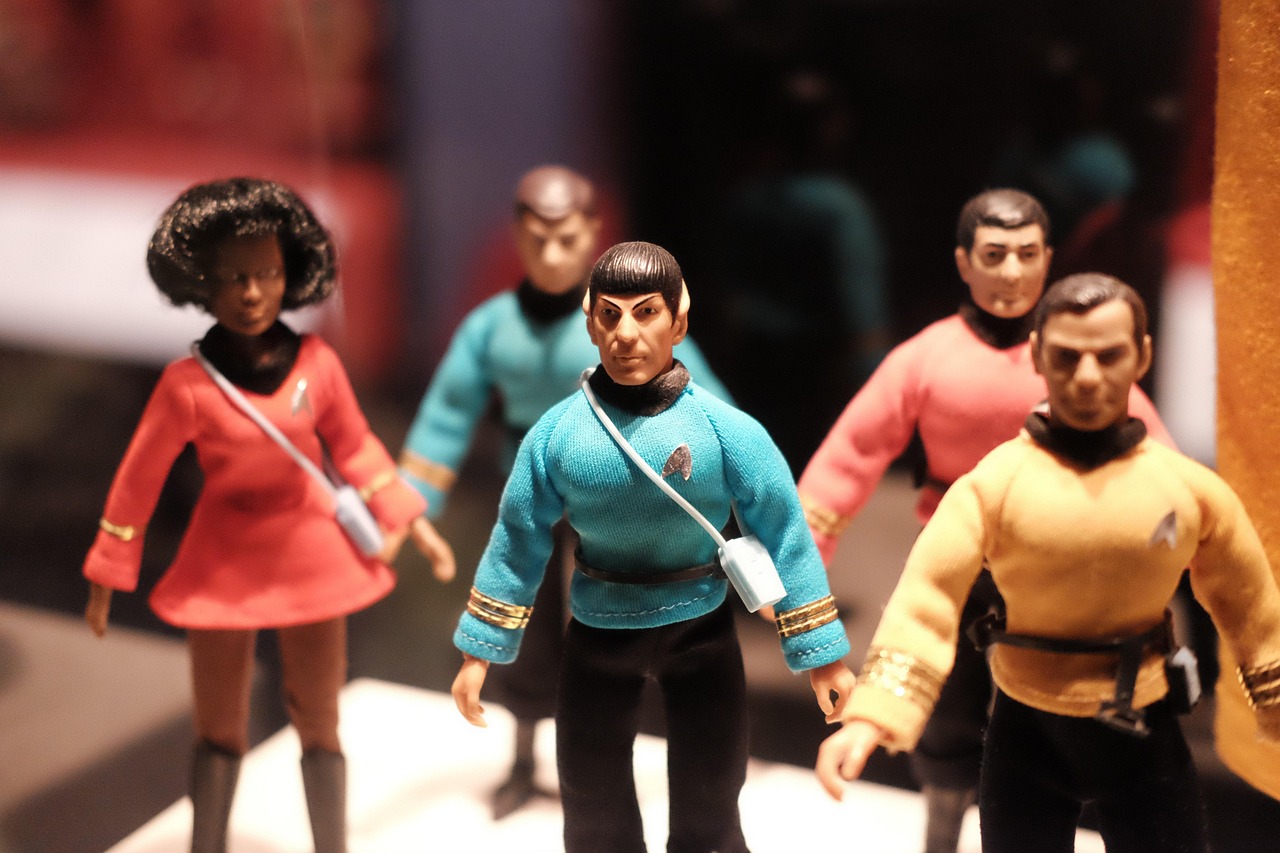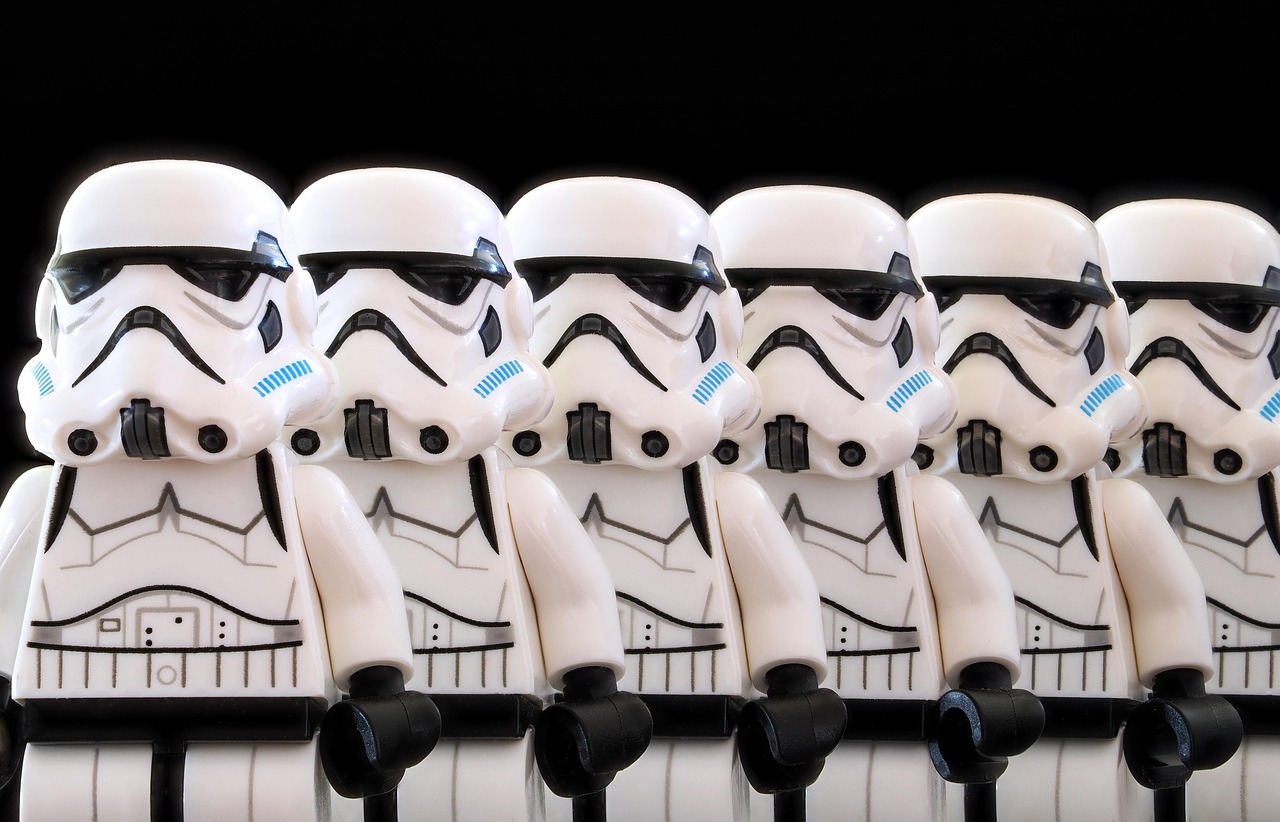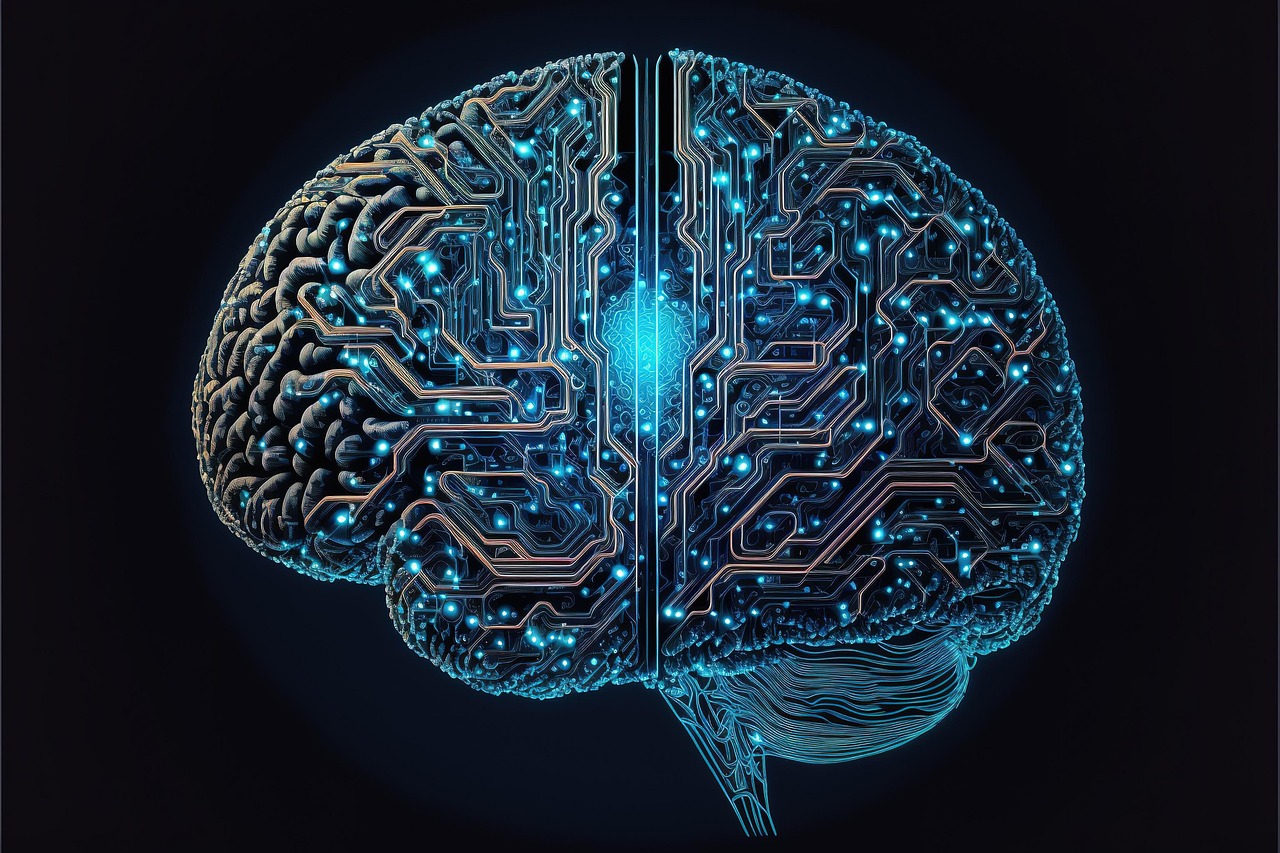 Consciousness Is Just the Checksum of an Unimaginably Complex State Machine
Consciousness Is Just the Checksum of an Unimaginably Complex State Machine
Transporters are one of those pieces of Star Trek tech that sound exciting until you stop and think about them too hard. Step onto a pad, shimmer into energy, and reappear somewhere else in seconds. Convenient, efficient… and also deeply unsettling.
Because here’s the truth: the transporter doesn’t move you. It scans you, disassembles you, transmits your pattern as information, and reassembles you from new matter on the other end. The “you” who steps off may feel like the same person — but the “you” who stepped on is gone.
This paradox has been with Trek since the beginning, and few stories capture it more sharply than The Next Generation’s “Second Chances,” where a transporter accident creates not one, but two William Rikers. Both are equally convinced they’re the original. Both are equally right.
Replicators and Transporters: Cousins Under the Hood
Before diving into the philosophy, it’s worth noting that the transporter isn’t alone. Its close cousin, the replicator, runs on the same core principle: matter-energy conversion guided by a pattern.
-
Transporter: scans living matter, disassembles it, transmits the pattern, then reassembles it elsewhere.
-
Replicator: uses stored patterns to assemble food, clothing, or tools from raw matter.
Both rely on the same foundations:
-
Matter-energy conversion — breaking things down into pure energy and back again.
-
Pattern storage and manipulation — blueprints that describe the structure of an object or person down to the atomic (or even quantum) level.
The difference is practical. Replicators work with static, known patterns. Transporters deal with live, ever-changing people. And that opens the door to strange possibilities.
Snapshots, Backups, and Clones
At the heart of the transporter is the pattern buffer. Think of it like a cosmic hard drive: a frozen blueprint of your body and mind at a moment in time.
Once you realize that, unsettling consequences follow:
-
If you store a pattern, you have a backup.
-
If you reassemble a person without disassembling the original, you’ve created a clone.
-
If you restore from an old pattern, you’ve effectively “rolled back” someone to a previous state.
 This isn’t just theory. Trek canon flirts with these implications:
This isn’t just theory. Trek canon flirts with these implications:
-
TNG: “Relics” — Scotty survives decades by trapping himself in a pattern buffer.
-
VOY: “Tuvix” — a transporter accident fuses two people into one, showing patterns can be combined.
-
TNG: “Second Chances” — Riker is duplicated, resulting in two authentic individuals who both believe they’re the original.
If a pattern is just data, then identity itself is just a snapshot.
The Transporter as a Genetic Editor
The transporter buffer isn’t just a copier; it’s an editable file. Once a person is in the buffer, you can tweak the pattern before reassembling them.
Starfleet usually applies this cautiously:
-
Bio-filters scrub pathogens during transport.
-
Medical resets restore people from earlier, healthier patterns.
-
Decontamination routines strip out radiation or toxins.
But logically, the same process could:
-
Erase genetic disorders.
-
Enhance physical or mental abilities.
-
Even alter species by rewriting DNA.
In other words, the transporter is the ultimate gene therapy tool. The only reason it isn’t used this way is cultural and legal: after the Eugenics Wars, the Federation banned genetic engineering. Transporter edits cross that line, so they’re reserved for emergencies.
Why Sickbay Still Exists
If the transporter can cure you, why do we still see Sickbay? In-universe, Starfleet gives several reasons:
-
Pattern data degrades quickly — you can’t keep indefinite backups.
-
Unknown illnesses might not be recognized by bio-filters.
-
Transporters are risky, and not meant for everyday medicine.
-
Doctors provide judgment, ethics, and care that machines can’t.
But the meta-reason is just as important: drama. If Dr. Crusher could beam Picard through the filter every time he stubbed his toe or caught a space virus, there’d be no medical tension, no moral dilemmas, no Sickbay stories. Trek thrives on those stories, so the transporter can’t solve everything.
The Continuity Paradox
Here’s the heart of it. Does consciousness require an unbroken line of subjective awareness, or is it enough that the pattern is intact?
-
Continuity view: If awareness is interrupted, the “you” who steps out is not the same as the one who stepped in. The line is broken.
-
Functional continuity view: If the pattern, memories, and personality are intact, then the “you” who arrives is you, no matter how many breaks occurred along the way.
Starfleet assumes the second. From a pragmatic standpoint, if the payload checks out, the person checks out. But from a human standpoint, there’s a lingering doubt: are we accepting functional continuity because it’s convenient, or because it’s true?
Relays and Packets: A Network Analogy
What if transporters weren’t limited to short hops? Why not build a relay network across the galaxy so you could beam from star to star the way we send data across the Internet?
The analogy is tempting:
-
Pattern = payload. Your body and mind as data.
-
Matter stream = packet. Energy carrying the payload through subspace.
-
Relays = routers. Catch, check, and forward the packet.
-
Materializer = receiving socket. Rebuilds the payload at the endpoint.
That’s basically TCP/IP for people. We already accept that if a file passes through 20 routers and the checksum matches, it’s “the same file.” Shouldn’t we say the same for a person transmitted across 20 transporter relays?
The snag is consciousness. Packets don’t care about continuity. Humans do. The checksum view of identity says “if it matches, it’s the same.” But the human brain insists on an unbroken thread of experience. Even if the math checks out, it still feels like a leap into the unknown.
Consciousness as a Checksum
This is why transporters are so provocative. They force us to ask whether identity is something mystical and indivisible, or just a state machine running on biological hardware.
 If consciousness is just the checksum of a complex pattern, then a copy with the same checksum is functionally indistinguishable from the original. It feels continuous, even if the actual thread was broken.
If consciousness is just the checksum of a complex pattern, then a copy with the same checksum is functionally indistinguishable from the original. It feels continuous, even if the actual thread was broken.
The two Rikers show this in practice: both versions are authentic, both carry the same continuity of memory, both claim the same life. But one line of awareness did end — silently, without notice — when the duplication occurred.
⚡ Thought Experiment
Imagine sending a file across the Internet. It hops through twenty routers, is split, reassembled, and checked at the end. If the checksum matches, we call it the same file. No one argues otherwise.
Now imagine sending a person across twenty transporter relays. Their body, memory, and mind are reassembled perfectly. The checksum matches. Functionally, they’re the same. Technically, they’re the same.
But existentially? Maybe not.
If you step onto that pad, are you sure the “you” who arrives is really the same you — or just a flawless continuation that believes it never died?
